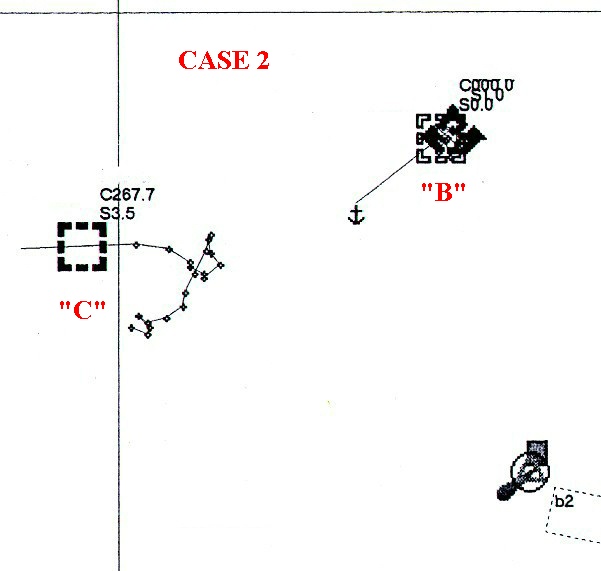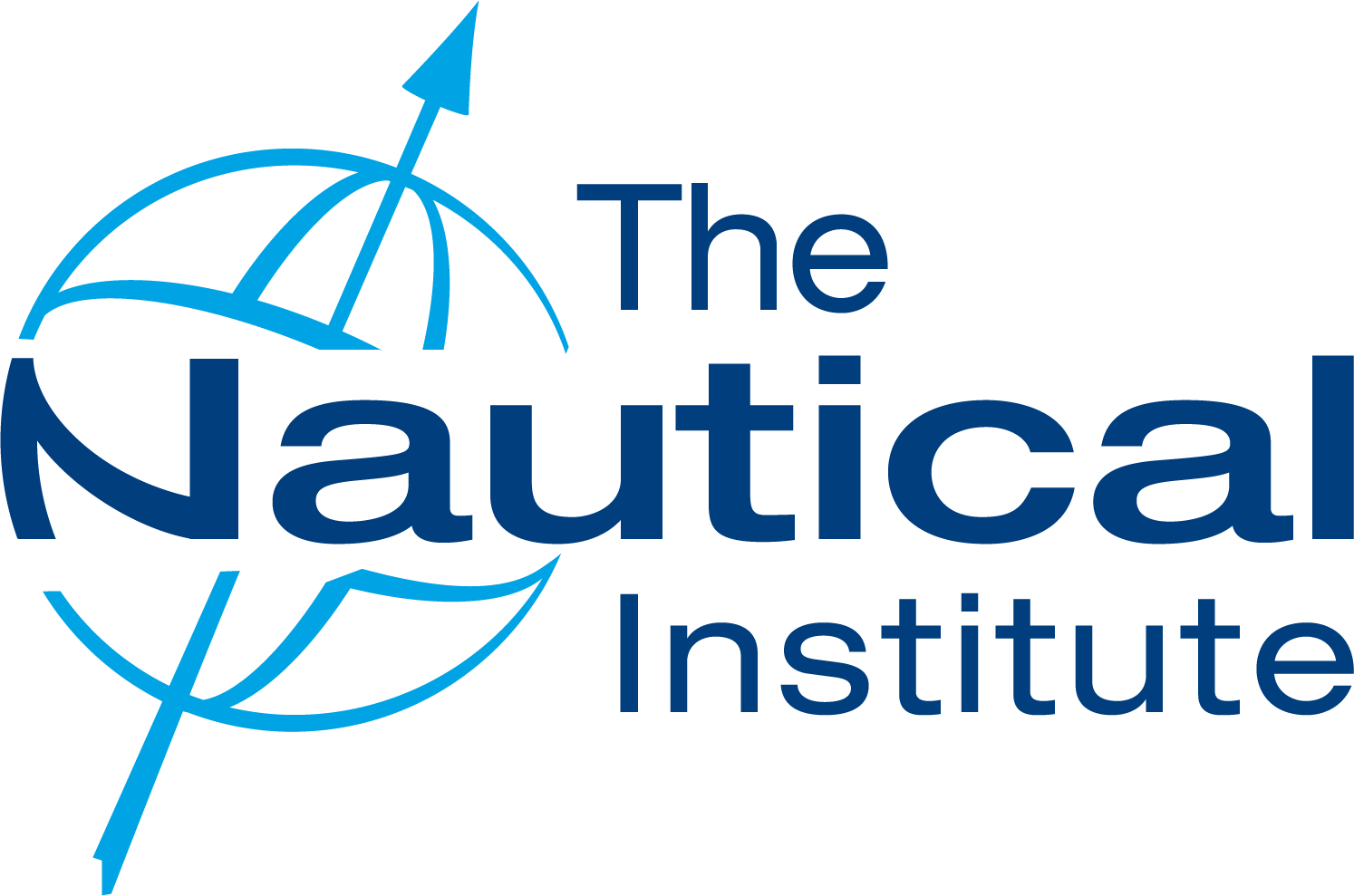200152 Assistance from VTS
Assistance from VTS
Report No. 200152
In the following two reports, it is not the objective to criticise my seagoing colleagues but to highlight two ideas. The first being the significance of an efficient watch by VTS and, secondly, what VTS can do for seafarers.
In Spain, the Maritime Safety and Rescue Agency, among other tasks, co-ordinates SAR operations through the MRCC and MRSC. At different levels, they also run VTS and are responsible for pollution clear up at sea. Therefore the main interest of the VTS is to avoid accidents. The operators of VTS are, in most cases, former Masters or Deck Officers. There are many MARS reports where VTS has been involved and VTS is not always seen in the most favourable light.
The efficiency of VTS can be influenced by several factors:
1 The co-operation and positive attitude between the vessels and the VTS operators.
2 The extent of the knowledge and experience of the Master/OOW and the VTS operators. This includes the ability to use the English Language or, at least, the proper use of the IMO Standard Marine Communication Phrases. There is nothing more disappointing - and sometimes risky - than not to understand or to be understood.
3 The quality and quantity of land based equipment (communications, radars, RDF etc.).
4 Established procedures.
The follow are two incidents where the intervention by VTS probably helped to prevent an accident:
CASE 1
It can be seen that vessel "A", on a course of 052 at a speed of 9.8 knots, would, have run aground in approximately 5 minutes if her course and speed had been maintained. A call from the MRSC/VTS Centre informed her that she was running into danger. Shortly afterwards, "A" altered course to port and entered the port safely. This incident took place in the middle of the night, visibility was good, wind ESE force 4. All buoys and lighthouses working well.
CASE 2
In this incident the weather conditions were bad. The wind was SW force 7 with gusts to force 9 and thunder showers. Vessel "B" was detected by VTS to be dragging anchor and immediately informed by the Centre. She acknowledged the message, prepared the engines and heaved up the anchor.
Five minutes later, vessel "C" was also detected to be dragging her anchor. For 30 minutes the VTS tried to contact her by VHF. First on Channel 16, then on the working channels and finally by VHFDSC. It would be of interest to see some statistics about DSC, false alerts and useless attempts to contact vessels by this means. During those 30 minutes, vessel "B" dragged about 0.5nm. She finally responded to the VHF calls. She was requested to heave anchor and head for open sea. She had not been aware of the problem.
CONCLUSIONS
- An efficient and continuous aural watch on VHF Ch16 is still necessary (and compulsory).
- VTS may help to avoid some accidents but they are just one step, amongst many others, to make the sea safer by assisting mariners.
|
|

|
